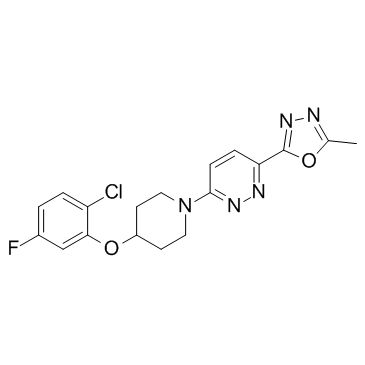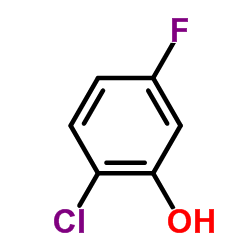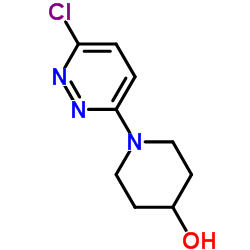| Description |
CAY10566 is a stearoyl-CoA desaturase (SCD) inhibitor.
|
| Related Catalog |
|
| Target |
SCD[1]
|
| In Vitro |
Treatment with specific SCD inhibitor CAY10566 dose-dependently reduces SCD activity in MOVAS-1 cells resulting in a significant increase in endoplasmic reticulum (ER) stearate levels. SCD inhibition by CAY10566 treatment induces mineralization and osteoblastic differentiation of MOVAS-1 cells. Along with induction of vascular calcification, CAY10566 dose-dependently induces total ATF4, p-ATF4, and p-eIF2α protein expression. ATF4 mRNA, CHOP protein, CHOP mRNA, and sXBP-1 mRNA levels are also highly and dose-dependently induced by CAY10566 treatment. Phosphorylated PKR-like endoplasmic reticulum kinase (PERK) levels are increased by 15.7-fold at 2 h of CAY10566 treatment, whereas p-eIF2α levels are transiently increased by 1.91-fold at 6 h of CAY10566 treatment. The expressions of ATF4, CHOP, and sXBP mRNA are induced up to 96 h of 300 nM CAY10566 treatment[1].
|
| In Vivo |
After establishment of palpable tumors, the mice are treated with vehicle or SCD1 inhibitor (2.5 mg/kg CAY10566 orally twice daily). The effect of SCD1 inhibition on the Akt-driven tumors is greater than on the Ras-driven tumors, with the mean tumor volume at day 13 or 14 post therapy, relative to untreated tumors, 0.5±0.04 and 0.67±0.05 respectively (P=0.01 for Ras-Akt comparison, by two-tailed t test)[2].
|
| Cell Assay |
MOVAS-1 cells treated with CAY10566 are incubated with 200 μM stearate-BSA complex containing 1 μCi 14C-stearate. Total lipids are saponified with 3 M sodium hydroxide/ethanol. The saponified fatty acids are separated by 10% silver nitrate-coated thin-layer chromatography. The ratio of the cpm in the band corresponding to oleic acid to the cpm in the band corresponding to stearate is used to calculate stearoyl-CoA desaturase (SCD) activity as previously described[1].
|
| Animal Admin |
To generate allografts, 1×107 immortalized baby mouse kidney (iBMK) cells are implanted in Matrigel into nu/nu athymic female mice. After establishment of palpable tumors, mice are randomized to receive 2.5 mg/kg CAY10566 orally twice daily in 0.5% methylcellulose or vehicle control. Xenograft tumors are measured biweekly and tumor volume calculated as volume=(length×width2×π)/6[2].
|
| References |
[1]. Masuda M, et al. Activating transcription factor 4 regulates stearate-induced vascular calcification. J Lipid Res. 2012 Aug;53(8):1543-52. [2]. Kamphorst JJ, et al. Hypoxic and Ras-transformed cells support growth by scavenging unsaturated fatty acids from lysophospholipids. Proc Natl Acad Sci U S A. 2013 May 28;110(22):8882-7.
|

![N'-acetyl-6-[4-(2-chloro-5-fluorophenoxy)piperidin-1-yl]pyridazine-3-carbohydrazine structure](https://image.chemsrc.com/caspic/171/944808-85-9.png)
![3-chloro-6-[4-(2-chloro-5-fluorophenoxy)piperidin-1-yl]pyridazine structure](https://image.chemsrc.com/caspic/285/944808-82-6.png)


